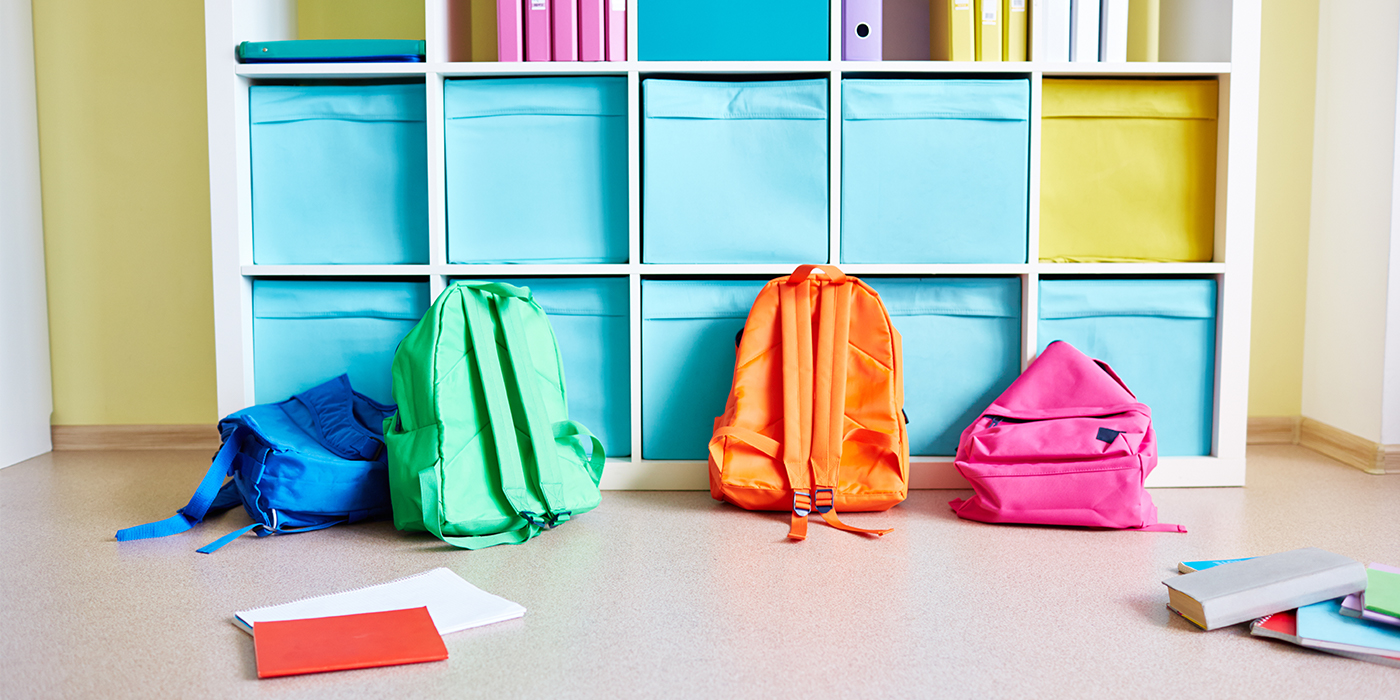Every teacher knows that an incredible amount of material accumulates during the school year, and classrooms can quickly become unmanageable.
So how can you feel confident and in control of your space from the first day of school to the last? By organizing your classroom in a way that keeps clutter to a minimum and helps your students function independently. Below, veteran teacher Sharon Taylor shares her best tips on classroom organization.
Organizing Classroom Supplies
Don't let crayons, glue, and pencils take over your classroom! Instead of requiring each student to bring individual supplies, ask parents to contribute to the community collection if it’s possible for them. You can also raise funds for your classroom with a ClassroomsCount™ campaign.
By doing this, you eliminate the need to track which items belong to which students. Store frequently used items in shower caddies at each table for students to share. This will help them learn to take turns and collaborate!
Organizing Manipulatives
At the beginning of the school year, invest in Scholastic tubs, bins, baskets, and small storage boxes—or get creative and use empty coffee cans, jugs, and baby wipe containers. These will work great for storing manipulatives. Make sure frequently used items are easy to access and clearly labeled with words and pictures. Rarely used materials can be stored out of the way and only pulled out when necessary.
Storing Lessons and Activities
Instead of file folders, try using binders to store lessons and activities. You can organize binders for various monthly themes and topics and can even store small craft samples. Shoebox-sized plastic boxes are ideal for storing larger craft samples. It will take extra work to organize your binders the first year you use them, but by the next school year, you’ll be ready to go with minimal effort.
Organizing Weekly Materials
This is a big timesaver for teachers! Before the week begins, set aside all the materials you will need for each day of the week. In your work area, keep a set of baskets labeled by day and store the materials you need in the appropriate bin. At the end of the week, clear out and re-file any remaining materials, and you’ll be ready for next Monday by end-of-day Friday.
The Winning Classroom Library!
To have a successful reading program, you need a successful classroom library. The books should be easily accessible and organized so that students spend less time digging around and more time reading.
First, you need to decide how you want to organize your books. Many teachers keep their libraries in book bins that are organized by genre, topic, and level. However you decide to organize your books, make sure the book bins are clearly labeled.
Finally, Taylor has the ultimate tool to keep your classroom library organized: clothespins! Put each child's name on a clothespin and keep them in a basket near the books. When a student picks out a book to read, they should leave their clothespin on the book bin. When they are done reading, if they forgot where the book belongs, they simply look for where they left their clothespin to return the book to the proper bin.
Shop classroom tools for organization below! You can find all supplies, books, and activities at The Teacher Store, where educators get at least 25% off the list price.
